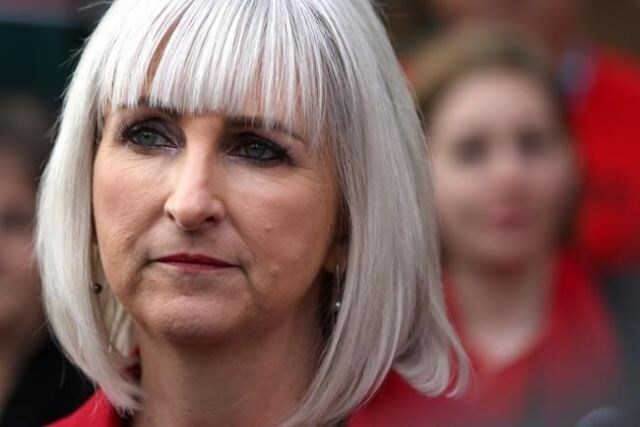The changes to B.C. schools' in-class mask policy are “long overdue,” but more changes need to be made, according to the BC Teachers' Federation.
Thursday morning, Minister of Education Jennifer Whiteside and Provincial Health Officer Dr. Bonnie Henry announced masks will now be required for middle and secondary school students and K-12 staff in all indoor settings, including the classroom. Masks will not be required while seated at a desk or work station in class, when physical barriers are up, or when eating or drinking.
“Overall, B.C. teachers will be relieved to see the government and health officials finally move on key safety measures like a stronger mask mandate and the potential to improve access to much-needed layers of protection like barriers,” said BCTF President Teri Mooring in a statement.
“B.C. teachers have been pushing for critical improvements to the health and safety guidelines in our schools since they were first implemented in September. These changes are long overdue and took a tremendous amount of advocacy from our members and representatives on the government’s steering committee and working group.”
While Mooring says the changes will make schools safe, she says there's still much more than needs to be done.
“The changes do not include improvements to school density, ventilation, or the ongoing inadequacy of contact tracing,” she said. “We need the government, school districts, and health authorities to step up and make improvements in those areas as well. More can be done to protect teachers, other education workers, students, and the families we all go home to. The employer and health officials have the power to take those steps.”
During Thursday's press conference, Whiteside said some of the first half of the $242.4 million in federal funding for B.C. schools went to changing 45,000 air filters and upgrading entire ventilation systems where possible. She said those upgrades will be ongoing in the coming months.
With respect to school density, Whiteside said individual school districts have been working to stagger their breaks and drop-off/pick-up times, while some secondary schools have been using a hybrid online/in-class system to reduce the number of students in class at one time.
But Mooring says this hasn't been enough.
“The lack of action to reduce school and classroom density will not help staff and students maintain physical distancing,” she said. “However, it is good to see the recommended distance revert to two metres after public health changed it to one to two metres in the fall. Despite that positive change, distancing rules still don’t apply in classrooms.”
She also added there has been an “absence of clear directives to improve ventilation.”
Despite the BCTF's concerns, Henry says schools continue to be a “low-risk setting,” saying they have seen “very little” transmission of the virus within schools.



